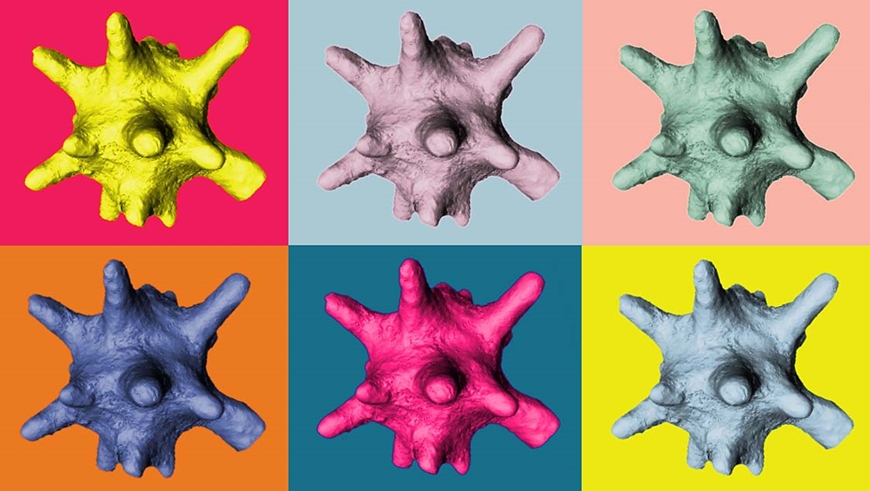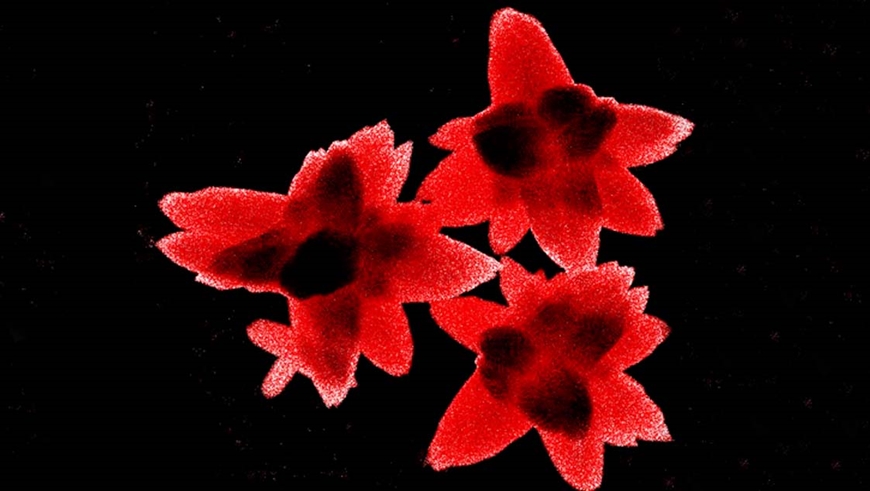Season's Greetings
Enjoy some of our festive motives throughout Empa's labs. A beautiful insight into some of our latest innovations.
Your branches green delight us!
The Christmas tree in this picture doesn't need any candles. It glows bright green all by itself – thanks to bioluminescence. Empa researcher Francis Schwarze has developed a process for producing bioluminescent wood using fungi. The fungal filaments of a white rot fungus penetrate the wood and feed on wood components, producing the light-generating substance luciferin. Similar to fireflies, the functionalized wood emits a greenish light in the dark thanks to the glowing fungal filaments. Glowing "snow" also piles up at the base of the tree. Here, the fungi grow in cellulose fibrils made from wood residues. So when the lights in Empa's fungal lab go out in the evening, the bioluminescent Christmas tree shines in all its glory. Image: Empa
FireDrone supports the fire department
Researchers from Empa and Imperial College London have developed a heat-resistant drone that can analyze the source of danger at close range in the event of a building or forest fire thanks to its insulating jacket made of aerogel. This allows firefighters to optimize the strategy of a high-risk operation before entering the danger zone. Image: Empa
Illuminated in the dark
Painful aesthetics: What looks like a battle star is in fact a kidney stone in a 3D visualization based on a multimodal X-ray procedure. The best way to treat kidney stones depends on how what they are composed of and how they are shaped. Empa researchers are now working on a painless diagnostic procedure using dark-field X-ray imaging. This innovative technology makes it possible to determine the structure and composition of the stones for each patient. The Maiores Foundation is funding the innovative project. Illustration: Empa
The tiniest Poinsettia flowers
These nano-sized zinc oxide flowers are a transformation product of zinc-imidazole compounds after 24 hours in ultrapure water. They are being investigated for their suitability in nanomedicine. The image was acquired using a scanning transmission electron microscope (STEM) with energy dispersive X-ray spectroscopy (EDX). Image: Empa
That's easy. Visit our Empa Quarterly Insights or subscribe (for free) to Empa Quarterly here.









